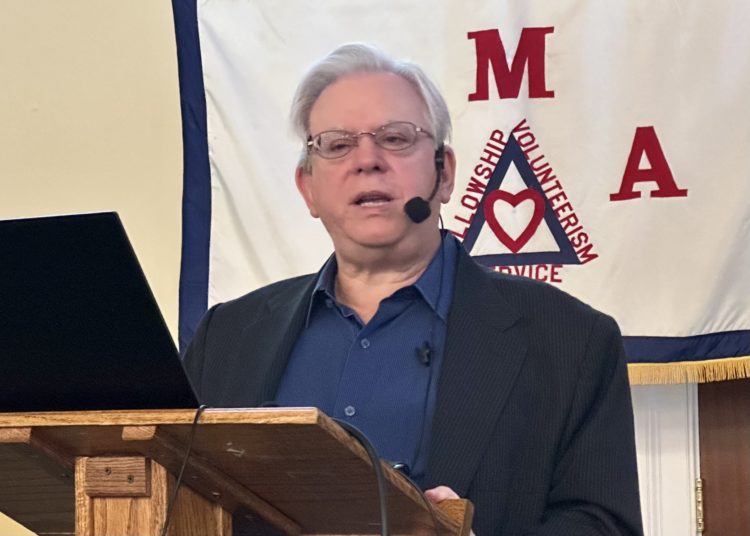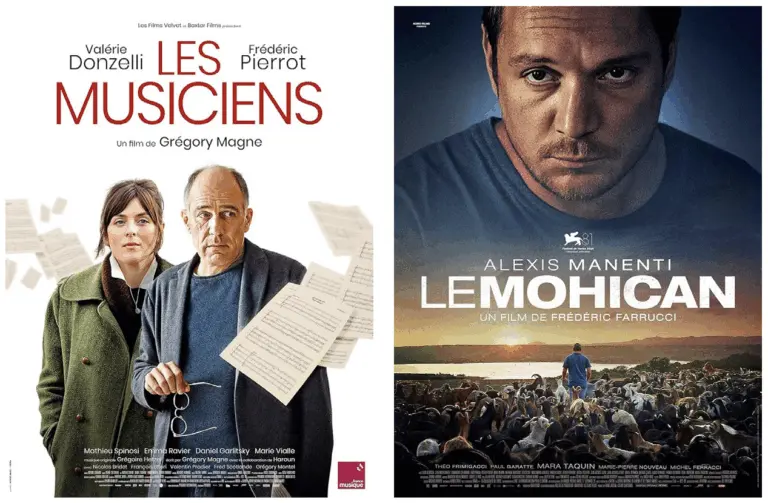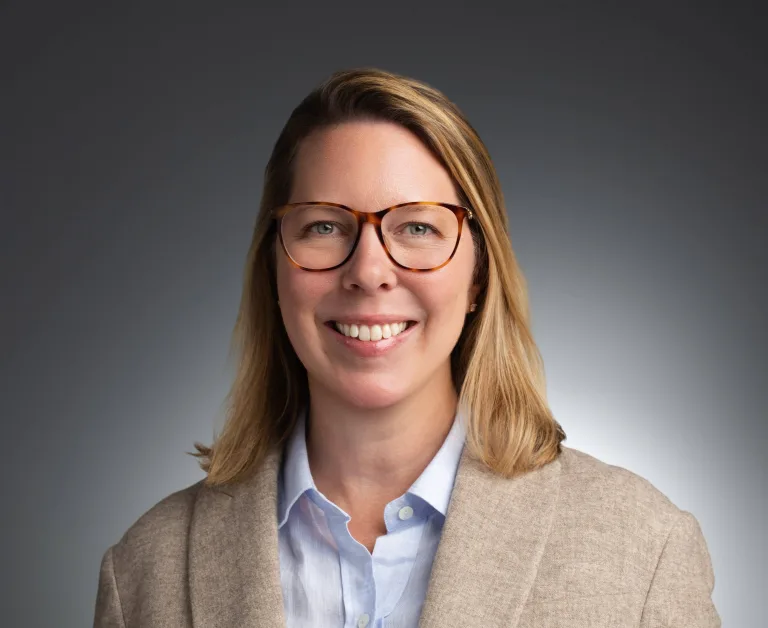
By Michael Tebay
At the November 6th meeting of the Retired Men’s Association Bob Meaney introduced the day’s speaker, artificial intelligence (AI) expert John Reese, talking on “The Current State of AI and its Future Potential.” With over 50 years of experience incorporating AI into his work and life, and having witnessed its evolution from early systems to today’s sophisticated platforms like ChatGPT, Perplexity, and Claude, John brought a unique historical understanding of where Generative AI stands today and where it is going in the near future. As the founder of Validea.com and Validea Capital Management—companies named for their mission of “validating ideas”— John has successfully leveraged expert system AI technologies in both ventures. His credentials include a BSEE in Computer Science from MIT, an MBA from Harvard Business School, three patents, and two books, including “The Guru Investor” (Wiley). He served as VP of Strategic and Technical Development for a Fortune 500 telecommunications company, and now consults with executives on optimal implementation of GenAI in their organizations.
In his presentation, which offered both surprises and confirmations about the current state of artificial intelligence, John revealed how dramatically AI has already transformed business and daily life, while challenging some common assumptions about its adoption and use. The presentation highlighted ChatGPT’s extraordinary rise to prominence, which defied all historical comparisons. While the iPhone needed 74 days to reach its first million users and Facebook took 10 months, ChatGPT achieved this milestone in just five days. Even more remarkably, it reached 100 million users in under two months – a feat that took the iPhone 16 months to accomplish.
Usage statistics painted a picture of broad adoption across age groups, with 39% of U.S. adults aged 18-64 having used generative AI tools, and surprisingly, 14% of those 65 and older having used ChatGPT in the recent past. Perhaps most telling was the average usage time of over 15 minutes per session – significantly higher than typical social media engagement.
The corporate adoption story proved more nuanced than headlines might suggest. 73% of U.S. companies reported implementing AI technologies, with functions like customer support, marketing copy and R&D leading in use cases. However, a deeper look revealed that only 4% had put their AI technology into full production. This surprising disconnect suggested that much of the current AI usage came from individual employees independently using AI tools to assist with their work, often without formal corporate oversight.
Major financial institutions emerged as leaders in meaningful AI integration. JPMorgan Chase deployed its COiN platform and LLM Suite to support over 60,000 employees, while Morgan Stanley introduced Debrief, an AI assistant for conversation summarization, and Goldman Sachs launched its GS AI Platform for enhanced machine learning.
To demonstrate AI’s current practical value, John shared six compelling real-world applications: creating personalized nutrition plans for seniors with specific health conditions, preparing scripts for difficult conversations about inheritance planning, providing sophisticated financial advice for retirement portfolios, analyzing legal contracts for risks and missing clauses, summarizing video content, and developing comprehensive business plans and strategies. These tasks, which could take weeks to accomplish oneself, could be done with AI in just five minutes. He dramatically illustrated this in real time by demonstrating the first example, and showed the audience how to use AI to design a nutrition plan on their smart phones.
John gave a brief explanation of how large language models (LLM’s) work, including, for example, ingesting as many as 225 billion words, and mapping information in a digital neural network which emulates the neural connections in the human brain. He pointed out that an LLM doesn’t just regurgitate information, but it learns logic. He also summarized some of the recent advancements in generative AI, such as integrating text, images and audio, enhancing factual accuracy, and mitigating bias. Of special interest to the audience, John outlined a number of striking implications for seniors in the role of AI in healthcare, ranging from powering diagnostic tools for early disease detection, to personalized treatment plans, to dramatically accelerating drug discovery.
One of the most unexpected revelations concerned the evolution of AI interaction. Recent advances had eliminated the need for special prompting techniques – users could now interact with AI as naturally as they would with a spouse, assistant, or professional advisor. This development marked a significant shift from the early days of careful prompt engineering. While certain jobs like paralegals, content writers, and medical transcriptionists might face displacement, John emphasized that AI would more likely augment rather than replace human work. He suggested that the technology might actually elevate rank-and-file employees to more managerial roles by providing them with AI assistants.
John predicted that within three years, smartphones would evolve into polymaths, offering deep expertise across multiple disciplines. AI would navigate websites independently, handle complex multi-step tasks, and work in teams mimicking creative agencies with specialized roles. Personal AI tutors would become commonplace, with ChatGPT integration becoming standard in educational curricula.
John concluded by drawing a powerful parallel to the television revolution, suggesting that AI’s transformation of daily life would prove even more profound. By 2027, he predicted that AI would evolve from a mere tool into something akin to a knowledgeable companion, fundamentally changing how we manage businesses, plan for retirement, maintain social connections, and keep our minds sharp.
The talk can be viewed by going to the RMA website at https://greenwichrma.org, and clicking on “Speakers.”
The RMA’s upcoming presentation, “Greenwich United Way: The One Organization That Helps All of Greenwich,” by David Rabin, is scheduled for 11 AM on Wednesday, November 20, 2024. This presentation will examine the significant impact of the Greenwich United Way, the myriad programs and organizations started by the GUW, and what lies ahead. What are the major challenges Greenwich will face in the coming years? Greenwich United Way has been a trusted partner of the Greenwich community, government, and local organizations since 1933. It is focused on community solutions in the areas of education, financial stability and health. It is a self-governing affiliate of the parent United Way, an international organization founded in 1887, now in nearly 1,800 communities across more than 40 countries and territories worldwide.
David Rabin, CEO of GUW, is originally from Clarence, NY, just outside Buffalo. Moving to the area in 1984, his experience includes strong and successful leadership roles in banking, operations, business development, client service and the non-profit sector. He has a 30-plus-year history of helping others in his “adopted hometown” of Greenwich. From coaching youth sports to revitalizing a town community center, Rabin knows the importance of giving back. He has served, or currently serves, on several boards / organizations in town, including the Byram Archibald Neighborhood Center, Greenwich Chamber of Commerce, Greenwich September 11th Memorial, Greenwich Youth Football League, Representative Town Meeting, and several town commissions and task forces.
David is married to Lauren Rabin, the current Second Selectwoman of the Town of Greenwich, who is now in her third term in that position. They have two sons, Scott, and Eric, both of whom were born and raised in Greenwich and attended the Greenwich public school system. Scott and Eric both now work in finance, in New York City and Tokyo, Japan. The Rabins have two grandsons in Tokyo.
To stream the presentation by David Rabin at 11 AM on Wednesday, November 20, click on https://bit.ly/30IBj21. This presentation will also be available on local public access TV channels, Verizon FIOS channel 24 and Optimum (Cablevision) channel 79. The public is also invited to attend the presentation in person at the First Presbyterian Church of Greenwich at 1 West Putnam Avenue.
Note: The views expressed in these presentations are those of the speakers. They are not intended to represent the views of the RMA or its members.
RMA speaker presentations are presented as a community service at no cost to in-person or Zoom attendees, regardless of gender. Any member of the public who would like to receive a weekly email announcement of future speakers should send a request to members@greenwichrma.org. The RMA urges all eligible individuals to consider becoming a member of our great organization, and thereby enjoy all the available fellowship, volunteer, and community service opportunities which the RMA offers to its members. For further information, go to https://greenwichrma.org/, or contact members@greenwichrma.org.




